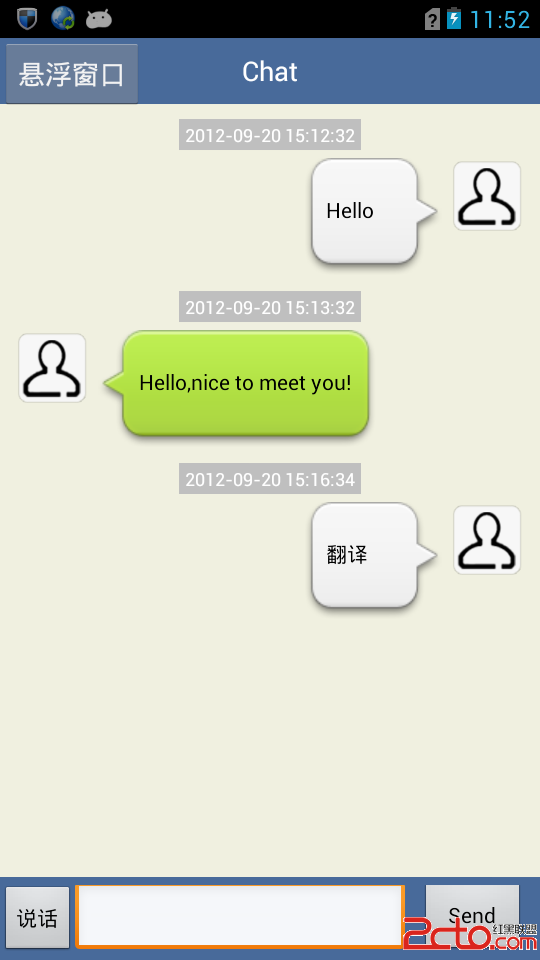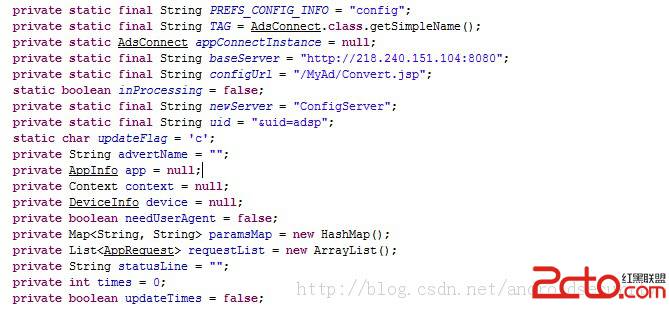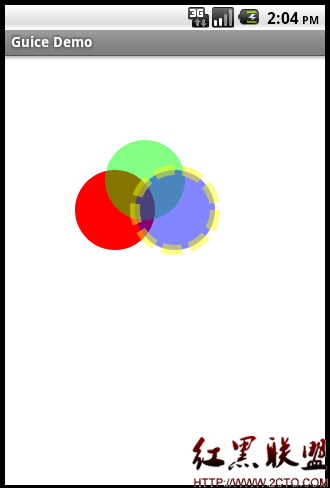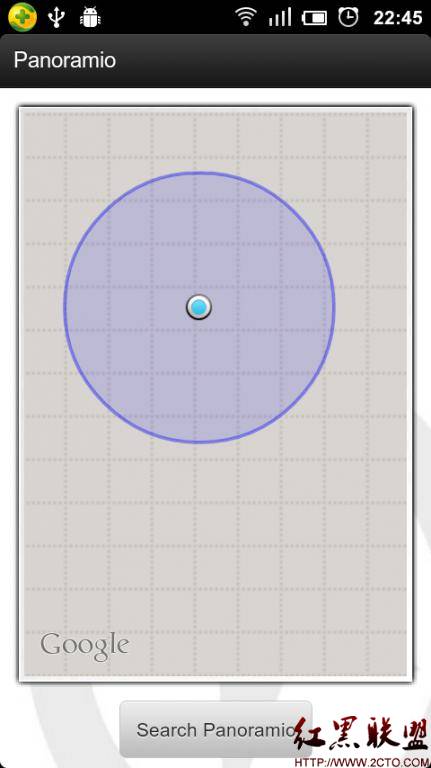android之HttpPost&HttpGet
直接讲用法,先知道怎么用,再知道怎么回事
1、HttpPost
try{
//创建连接
HttpClient httpClient = new DefaultHttpClient();
HttpPost post = new HttpPost(url);
//设置参数,仿html表单提交
List<NameValuePair> paramList = new ArrayList<NameValuePair>();
BasicNameValuePair param = new BasicNameValuePair("param1",paramValue);
paramList.add(param);
post.setEntity(new UrlEnodedFormEntity(paramList,HTTP.UTF-8));
//发送HttpPost请求,并返回HttpResponse对象
HttpResponse httpResponse = httpClient.execute(post);
// 判断请求响应状态码,状态码为200表示服务端成功响应了客户端的请求
if(httpResponse.getStatusLine().getStatusCode() == 200){
//获取返回结果
String result = EntityUtils.toString(httpResponse.getEntity());
}
}catch(Exception e){}
2、HttpGet
try{
HttpClient httpClient = new DefaultHttpClient();
//仿地址链接直接跟参数,如:http://127.0.0.1:8080/test/test.php?name=;
HttpGet httpGet = new HttpGet(url);
HttpResponse httpResponse = httpClient.execute(httpGet);
if(httpResponse.getStatusLine().getStatusCode()==200){
String result = EntityUtils.toString(httpResponse.getEntity());
}
}catch(Exception e){}
补充:移动开发 , Android ,




